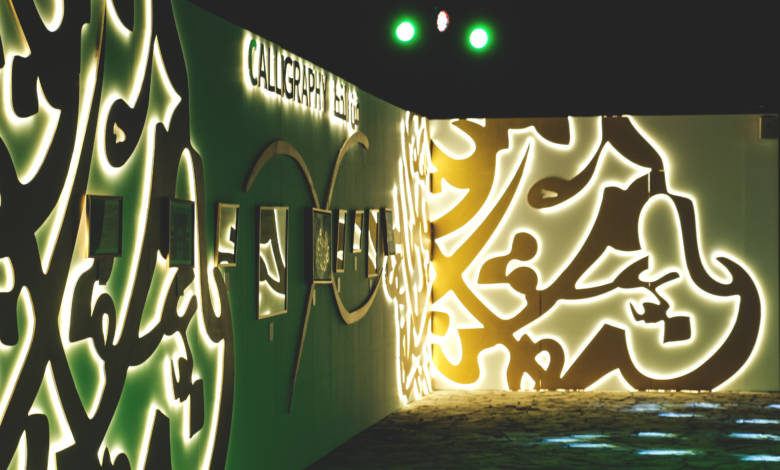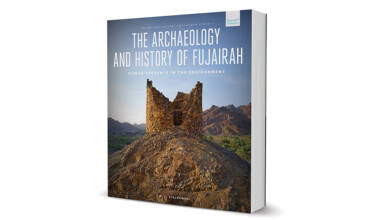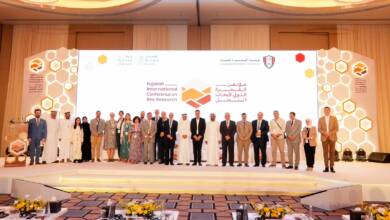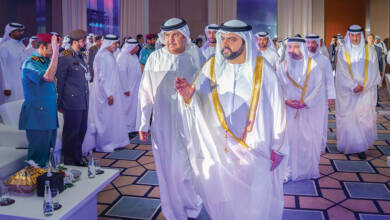UAE Stories and Cultural Learning: Calligraphy

Centuries ago, when Arabic societies shifted towards a written rather than oral culture, calligraphy – also known as ‘the art of beautiful handwriting’ – prospered and became one of the most distinctive artistic elements of the Islamic religion.
As a traditional form of art, calligraphy is an important part of the Arabian heritage and culture; its history cannot be separated from the history of Islam. Over hundreds of years, master calligraphers carefully wrote and copied the sacred verses of the Quran, the Word of God as revealed to Prophet Mohammad (PBUH) in the 7th century.
Undoubtedly, the Holy Book played a key role in the standardization of Arabic, providing a valuable link to religion and language.
Throughout the years, its classical form has been perfected by reaching some of the highest aesthetic statutes as a form of decoration, adorning the holiest Islamic sites and exquisite art pieces. The infinite interwine of thick and thin lines, the graceful strokes, and the astonishing varied and imaginative ways of using the square-cut reed pen nib reveal all the beauty and spiritual power of calligraphy as the msot original feature of Islamic art.
Arabic calligraphy is difficult to master. It requires precise control of the hand; it needs patience, imagination, intellectual and spiritual commitment. Traditional arts are still commonly practiced in the UAE. For Emiratis, learning calligraphy means going back to their roots by discovering the scripts and techniques used by their ancestors. Arabic calligraphy is still popular to this day, modern and classical forms coexist encouraging many people to learn Arabic language, and appreciating the great elegance of this captivating art form.
The UAE has played a big role in reviving this art form and has put in a lot of effort to bring it backin the spotlight. Held annually, The Dubai InternationalArabic Calligraphy Exhibition is the largest-of-its-kind initiative that showcases the best of calligraphy works by the masters from across the Arab world. The fair gives tourists and citizens the opportunity to gain deep insights into the history, trends, and cultural significance of calligraphy.




